by Barbara Fischkin

Cousin Bernie’s Own Memoir Surfaces Years After His Death
(a.k.a Cousin Bernie, Free-Range Professor-Part Three)
As much as I loved my late Cousin Bernie, I figured that in regard to my own memoir, I was done with him. Cousins are great but those two earlier chapters—on just one cousin—were more than enough.
Then… I heard from Bernie.
A heavenly nudge.
Years after his death, I believed I could identify his voice with its gravelly Brooklyn twang, slightly tempered by a slower drawl acquired during decades in the Midwest.
“There is a lot more to write about me. And if it is about me, then it is also about you.”
I wish I could report that this actually came from the afterlife.
Nope.
It came from the post office.
Joan Hamilton Morris, Cousin Bernie’s widow, mailed his unpublished memoir to me, after she found it while moving to a new assisted living residence. That was about a month ago. I never knew it existed. Now, I had it in hand—Cousin Bernie’s memoir, written quietly in an adult education class he took after retiring as an honored professor of Psychology and Mathematics at a public university in Indianapolis, Indiana.
I flipped through the typewritten, hard copy pages, stopping early at a description of my Grandpa Phillip. He had died before I was born and all I knew about him, from my parents, was that he had been a handsome, drunken, sporadically employed, womanizer who beat his sons and his long-suffering wife, Grandma Toby. Nice. Grandma Toby died young. Grandpa Phillip subsequently romanced a new bevy of women and then, sort of made up for past sins by marrying one of them.
Despite being decades apart in age, Bernie was my first cousin. This explains why we had the same paternal grandparents. Except, unlike me, he had known them. And so, thanks to Cousin Bernie, I read about a different version of Grandpa Phillip. And learned more about Grandma Toby, too. Read more »

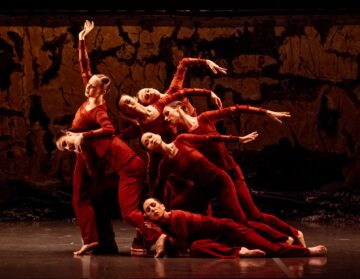
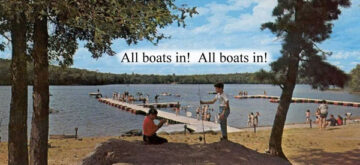

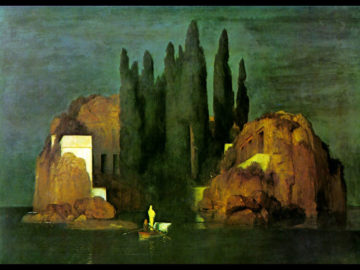
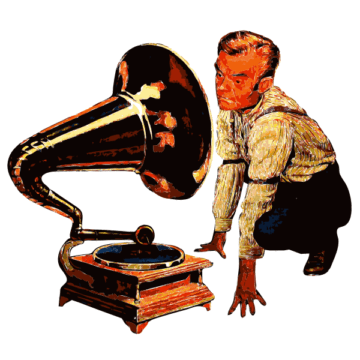


 Wine and music pairing is becoming increasingly popular, and the effectiveness of using music to enhance a wine tasting experience has received substantial empirical confirmation. (I summarized this data and the aesthetic significance of wine and music pairing
Wine and music pairing is becoming increasingly popular, and the effectiveness of using music to enhance a wine tasting experience has received substantial empirical confirmation. (I summarized this data and the aesthetic significance of wine and music pairing  That is, we had to talk about it. I thought of a musician as someone who made a living performing music. I didn’t do that. To be sure, I made some money playing around town in a rock band and I’d spent years learning the trumpet. I’d marched in parades and at football games; I’d played concerts with various groups. But I wasn’t a full-time, you know, a professional musician, a real musician. Gren insisted that I was a musician because I played music, a lot, and was committed to it. That’s all that’s necessary.
That is, we had to talk about it. I thought of a musician as someone who made a living performing music. I didn’t do that. To be sure, I made some money playing around town in a rock band and I’d spent years learning the trumpet. I’d marched in parades and at football games; I’d played concerts with various groups. But I wasn’t a full-time, you know, a professional musician, a real musician. Gren insisted that I was a musician because I played music, a lot, and was committed to it. That’s all that’s necessary.
 Perhaps imprudently, your humble blogger continues to toil in the philosophy mines for blogging material, even in this stressful time. And there will be such postage eventually, of that you can be sure! However, prudence enough remains to prevent him from posting half-baked nonsense; so in the interim, let us return once again to the podcast, and enjoy some fine music while we wait.
Perhaps imprudently, your humble blogger continues to toil in the philosophy mines for blogging material, even in this stressful time. And there will be such postage eventually, of that you can be sure! However, prudence enough remains to prevent him from posting half-baked nonsense; so in the interim, let us return once again to the podcast, and enjoy some fine music while we wait.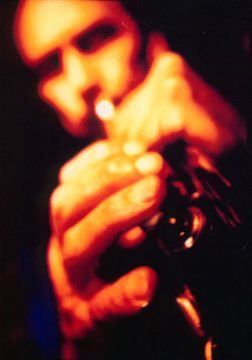 Last time
Last time Jon Hassell is one of America’s musical treasures, and I’ve been listening to his music for forty years, so when I heard he needed help for his medical care, I decided to make a mix of his music. This mix actually grew into two mixes, so look for another one next month. This one features Jon playing with other musicians, and part two will feature other musicians whom Jon has influenced (and a bit more from Jon himself).
Jon Hassell is one of America’s musical treasures, and I’ve been listening to his music for forty years, so when I heard he needed help for his medical care, I decided to make a mix of his music. This mix actually grew into two mixes, so look for another one next month. This one features Jon playing with other musicians, and part two will feature other musicians whom Jon has influenced (and a bit more from Jon himself).